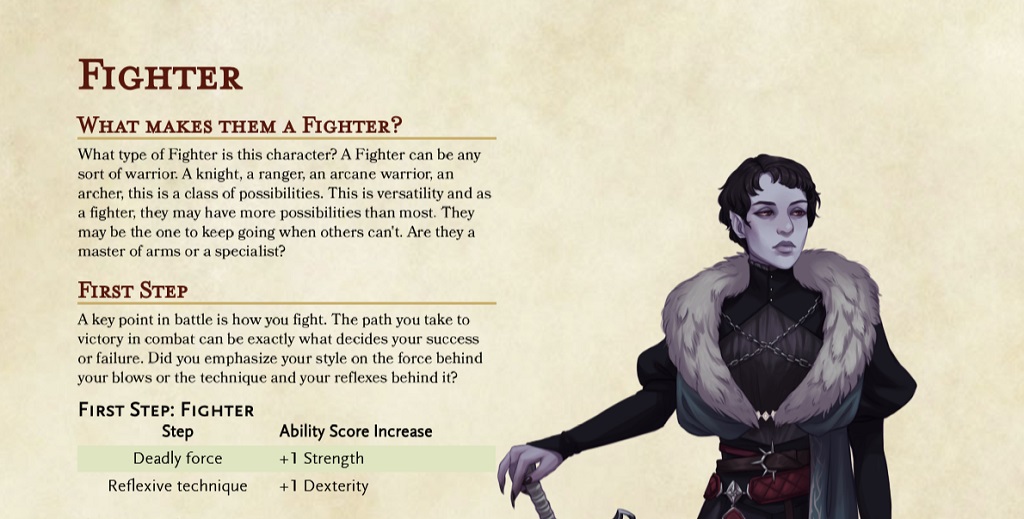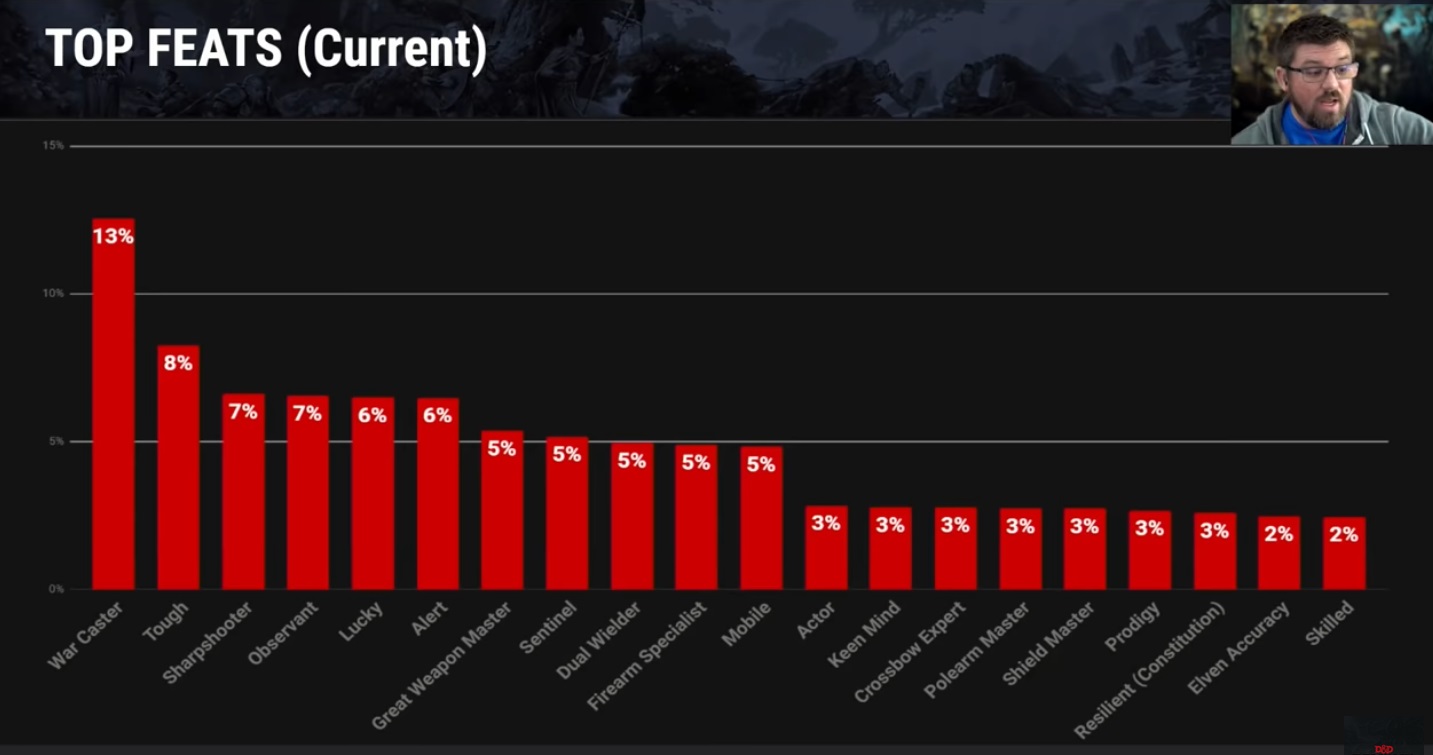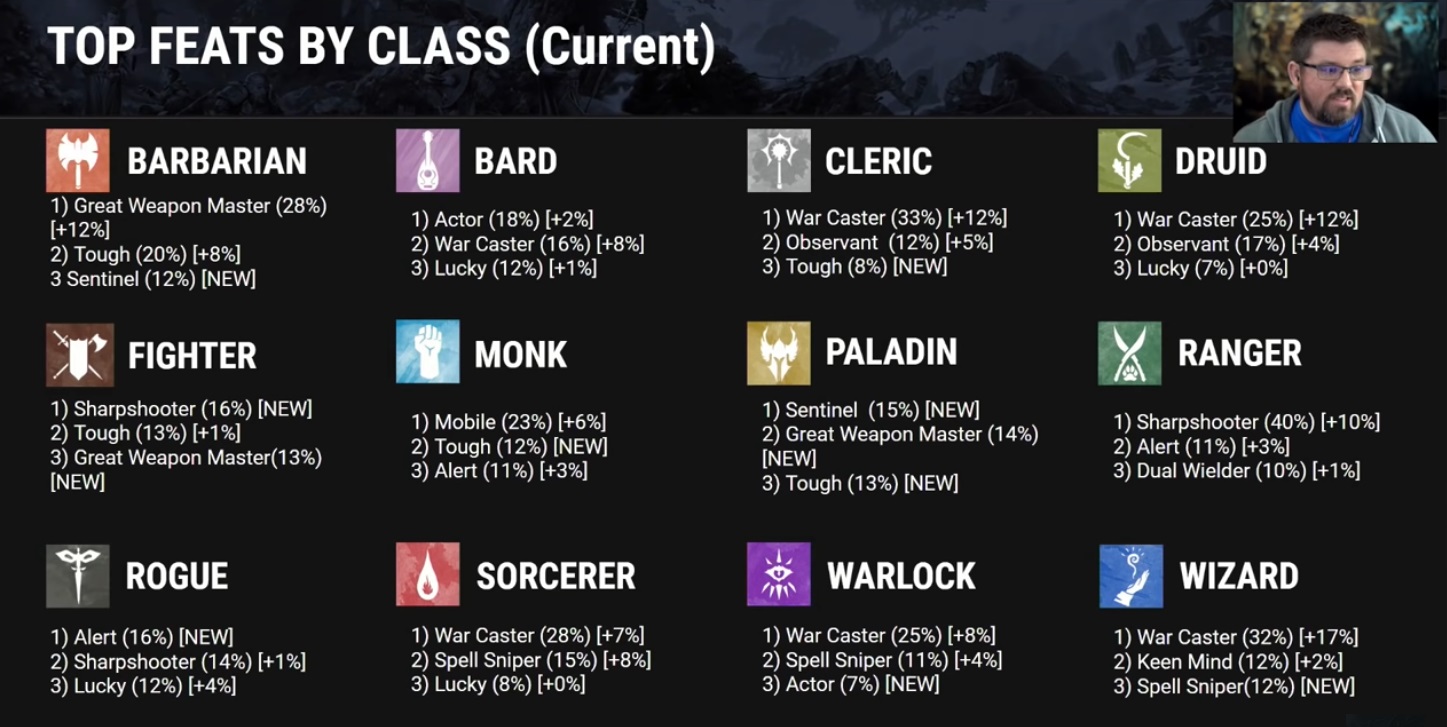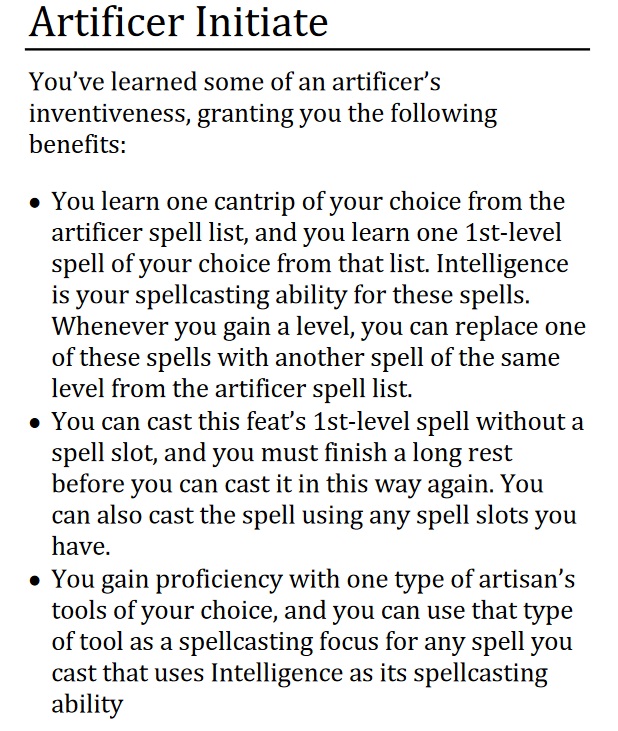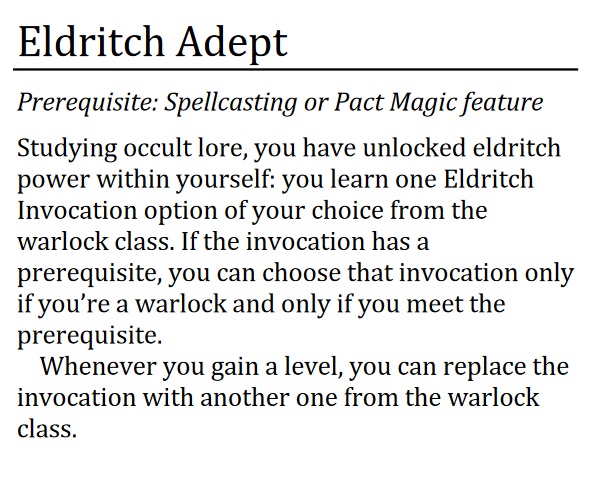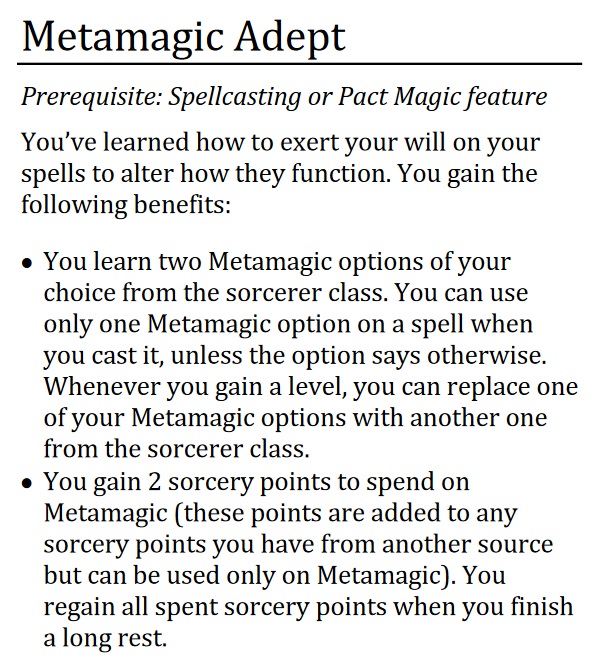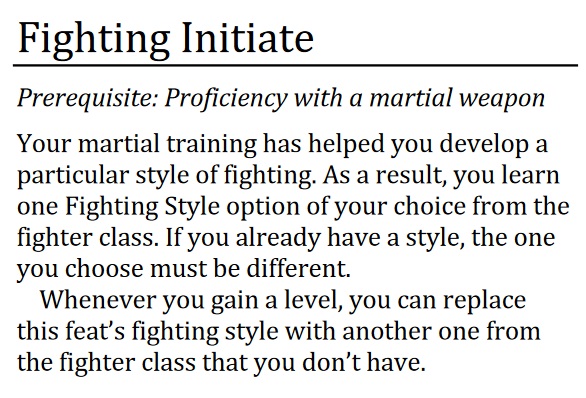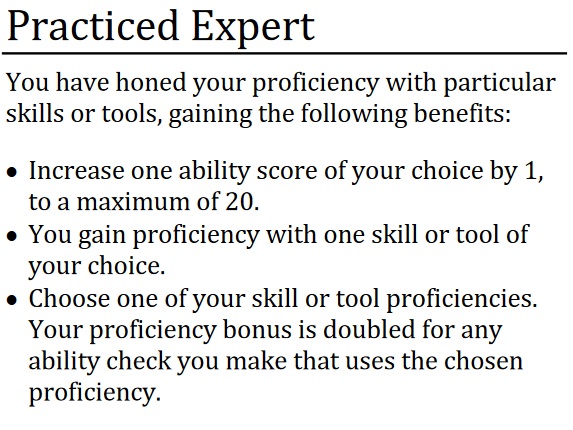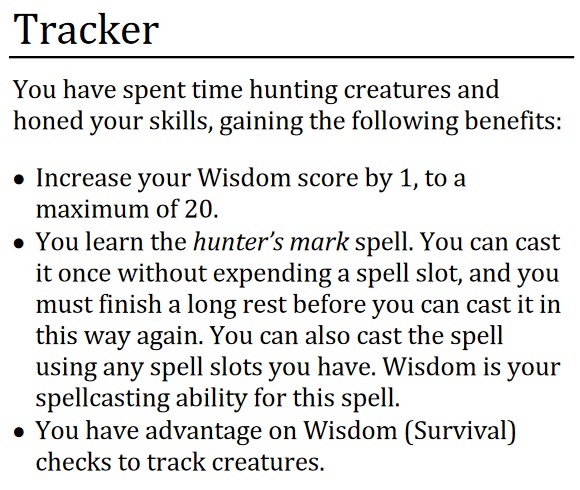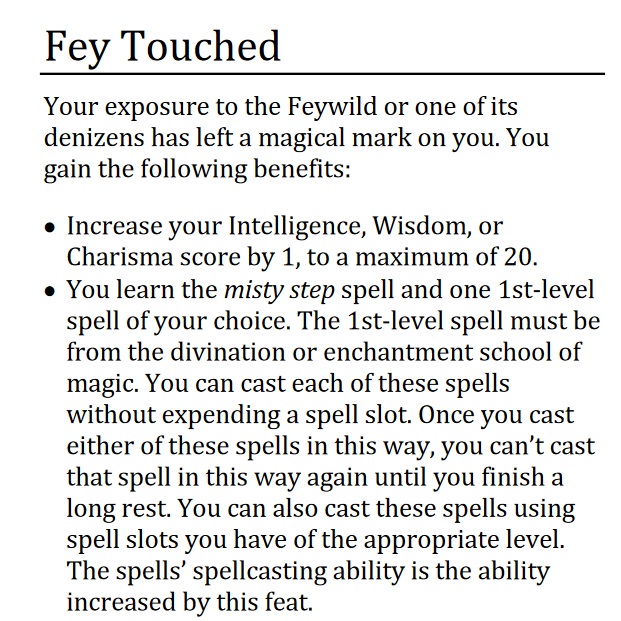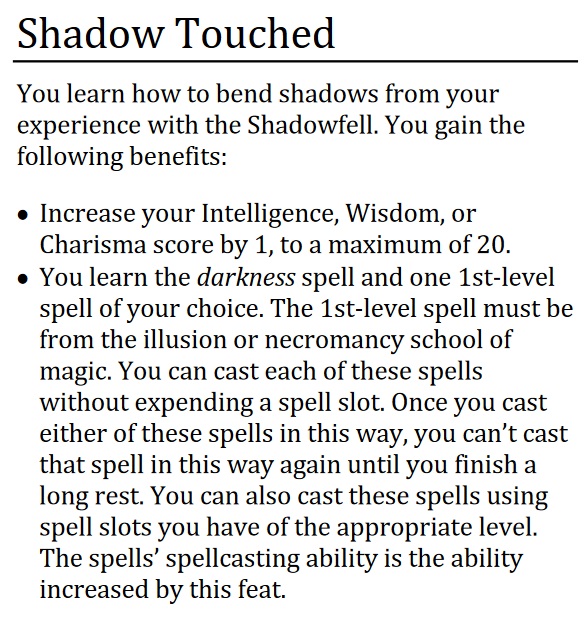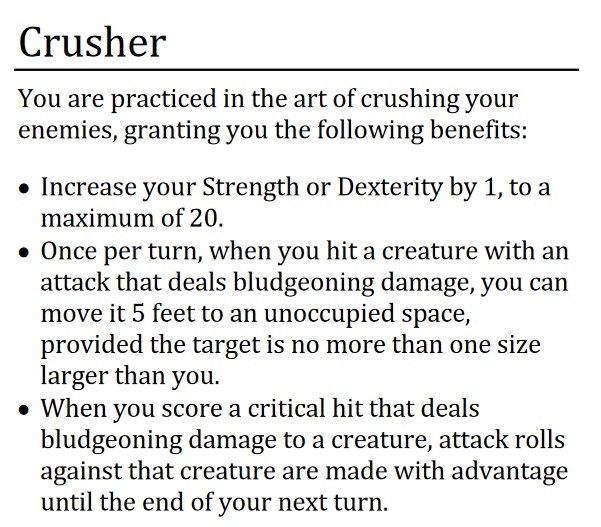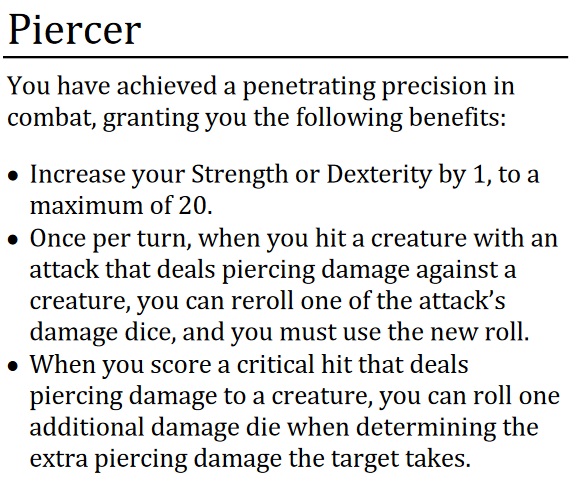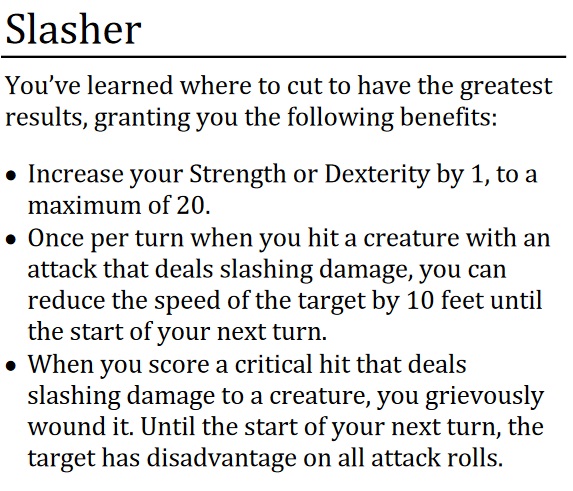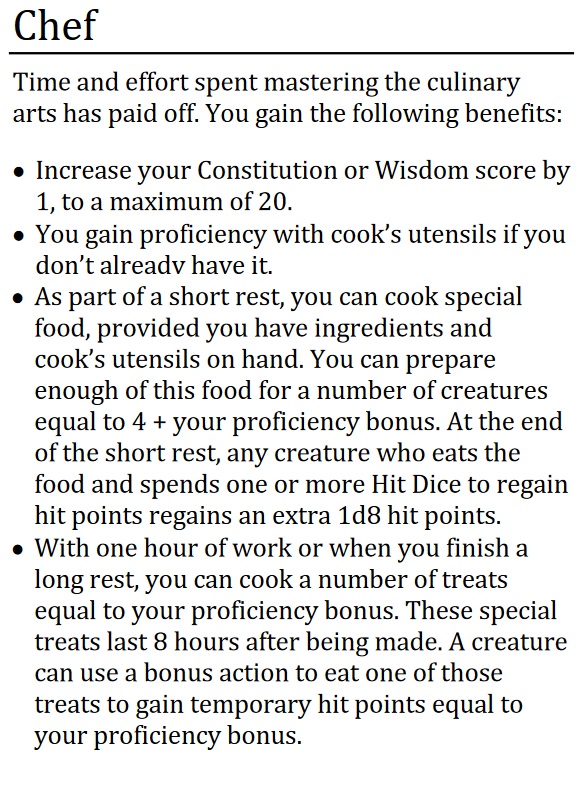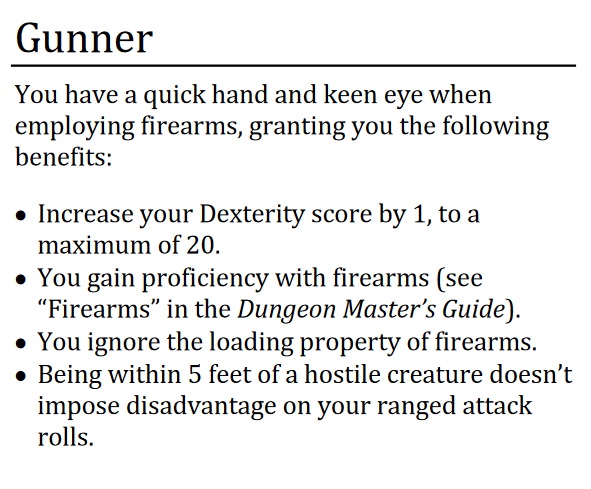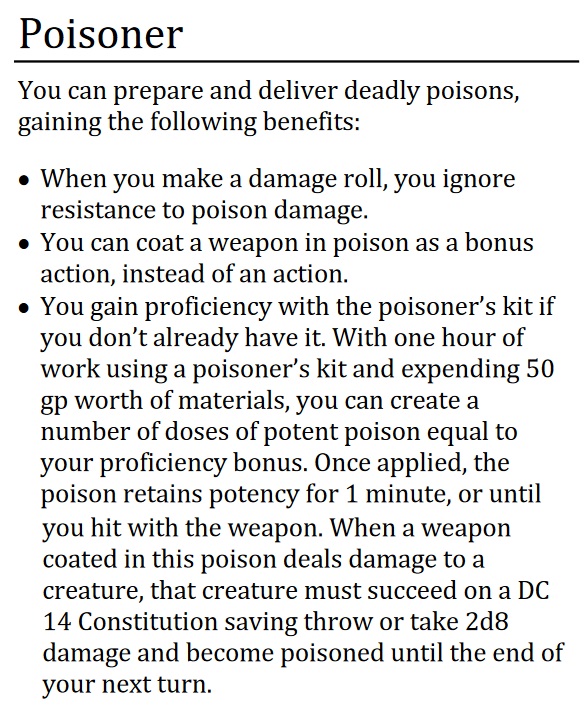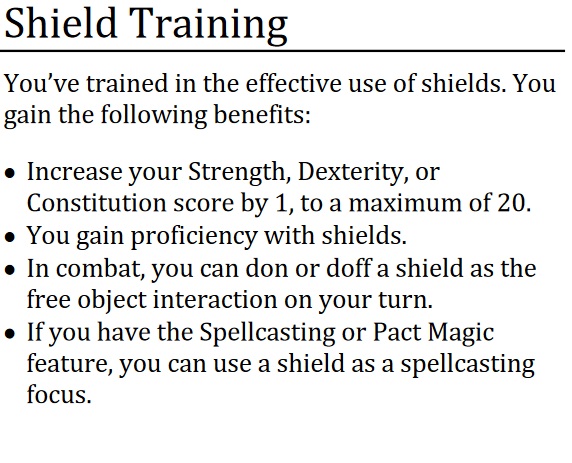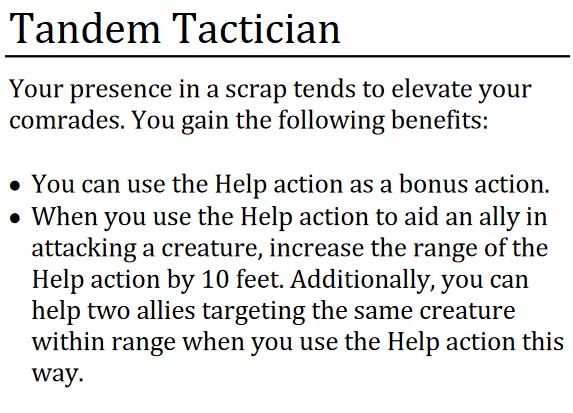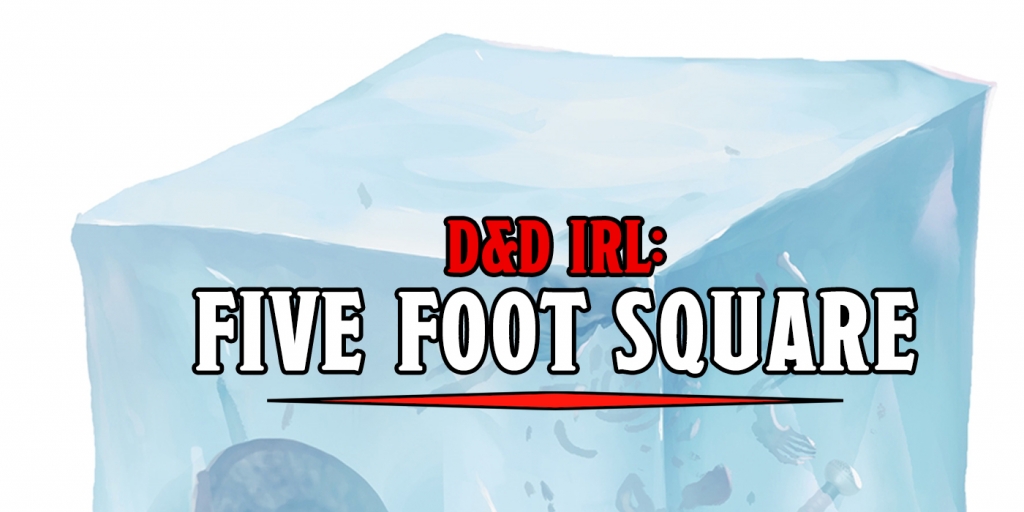D&D: Sixteen New Feats Previewed In Unearthed Arcana
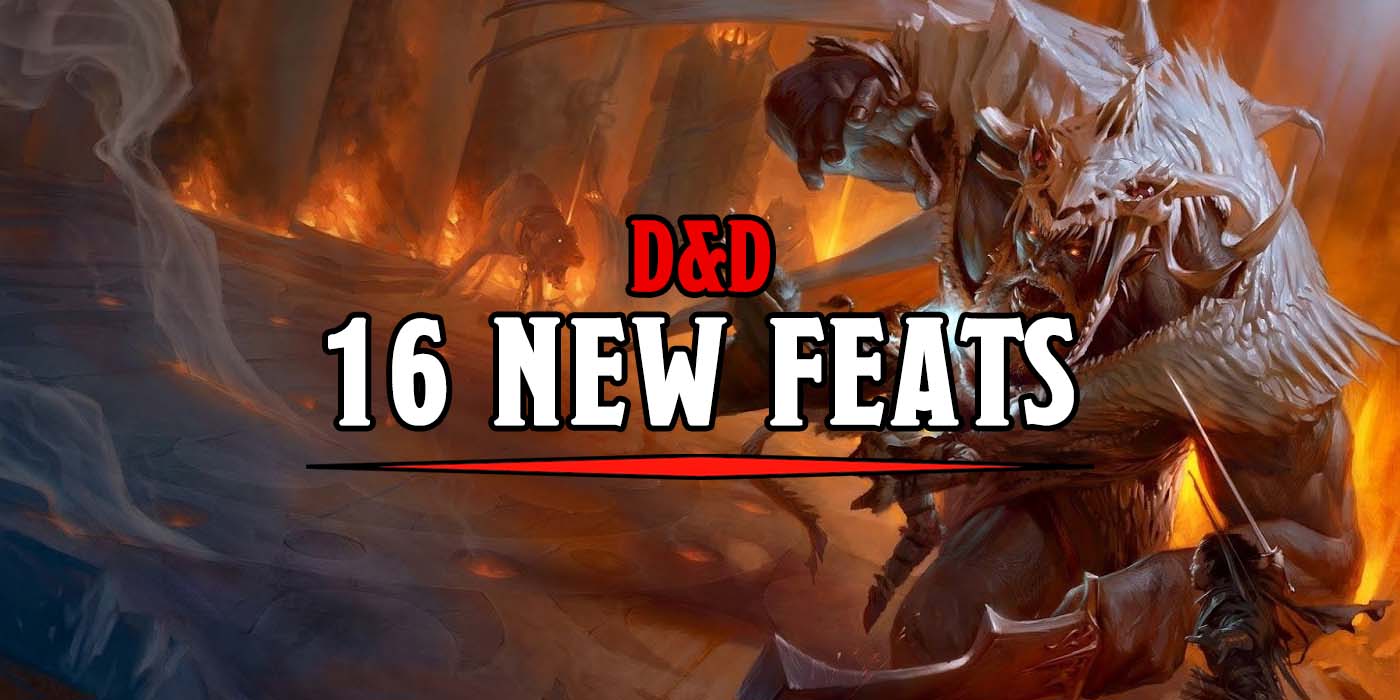

From chefs to gunners, feats are the order of the day–including a few that let you poach class features for the ultimate in customization. Check ’em out.
A new Unearthed Arcana is out, and that means new rules to playtest–once again we’re seeing some strong signs that WotC is preparing content for their upcoming Xanathar’s Guide/PHB 2 book due out in November. This is the same book that many believe will feature the new subclasses we’ve been seeing over the past several months, as well as the new rules for creating a character without relying on ability score bonuses from your race.
Today, however, is all about DND 5e Feats. There are sixteen new feats all in all, and we’re going to take you through each of them. I like that this round of playtest items really pushes the bounds of what you expect out of a Feat. They’re one of the more underutilized areas. Right now in 5th Edition, if you play with Feats at all, they tend to be for optimization purposes. Feats like Warcaster and Tough lead the way by far…
…but even when you break it down by class, you can still get a good picture of what people are doing with their feats:
For the most part it’s eking out some minor stat benefit, though on occasion these feats grant new capabilities. Like Paladins and Sentinel or Monks and Mobile. It seems like WotC wants to change what you do with feats based on this latest batch, let’s take a look.
via Unearthed Arcana
There are a few general themes that you can find in here. First up, feats I like to call multiclassling lite, these let you borrow a class feature from another class, and depending on the feat, you might get a 1 point stat increase as part of the bargain. You don’t have to sacrifice a level, but you can still draw on some of the features you might like. What’s really interesting about these is that many let you replace the feature you choose when you level up, which echoes the variant class feature rules we saw a while back–this seems to strongly indicate that we’ll be seeing them return in whatever book is coming in November. So if you liked those ideas, get excited, it looks like they’re coming back.
Artificer Initiate
Pick an artificer cantrip, a 1st-level spell, and gain proficiency with artisan tools that you can use as a new spellcasting focus
Eldritch Adept
Do you want to be a Warlock but not go through all the trouble of making an Eldritch Pact? Now you can. Pick an Invocation (agonizing blast), then all you need is a way to learn Eldritch Blast and you can do everything a Warlock does with Cantrips (1d10 + Charisma bonus damage) and still be a full spellcaster. Or a Fighter. Or a Paladin, if you prefer. This one’s huge for any class that’s interested in not being a full-bladepact warlock. Put that Charisma bonus to work.
Metamagic Adept
Do you like that Sorcerers can do metamagic but not want to go through all the fiddliness and limited spell selection of being a Sorcerer. Have you ever wondered what, say, a Wizard or a Cleric could do with something like Quicken Spell? Now you can find out. With this feat you gain two Metamagic options and two sorcerery points to use on those feats.
Fighting Initiate
Do you want a Fighting Style but don’t have one? Does your Rogue duelist need the Duelist Fighting Style? Or perhaps you want your Battlemage or Barbarian to really be handy with a great weapon…whatever the case, this option lets you gain a Fighting Style option which you can replace when you level up.
Practiced Expert
Do you dream of making skill checks a thing of the past? Now any class can be an Expert. Don’t have to dip into Rogue or Bard to get those Perception checks all the way up, or if you never want to fumble an Arcana roll again, your Wizard can be an expert. Double proficiency bonus on a skill or tool proficiency is great for anyone, whatever your class. And you get to increase a stat along the way.
Tracker
Do you like the idea of a Ranger but don’t want to mess with the one class that consistently gets the shorter end of the stick? Then play a character with the Tracker feat. You get Hunter’s Mark, advantage on checks to track creatures, and +1 Wisdom. I could see Monks and Battle Clerics getting a lot out of this feat.
Then there are the feats that let you emulate being some kind of Elf. Either a High Elf or a Drow, specifically. I think this is an interesting look at how you might separate what were once “racial features” and make them more braodly applicable. Because Shadow Touched and Fey Touched are just a straight-up rehash of elven features, like gaining Misty Step or Darkness, but now you can pick them with any character. And with any spellcasting modifier too.
It’ll be interesting to see if there are feats like this that emerge for, say, the Half Orc‘s brutal critical feature, or the Firbolg‘s natural invisibility.
Then there are the three feats that let you make it matter whether you’re doing bludgeoning, piercing, or slashing damage. They are Crusher, Piercer, and Slasher, respectively. Each of these feats gives you an extra effect based on the kind of damage you’re doing–piercer, for instance, lets you reroll one of your damage dice when dealing piercing damage, crusher lets you move creatures around when you hit them, and slasher lets you hamstring your opponents.
I really like this, as it give martial characters some interesting options, and it makes the different damage types feel more distinct.
You’re not just slashing at them with a longsword, you’re attempting to slow your enemy. Or if you’re using a warhammer/maul you’re repositioning your foes, and potentially dazing them to the point that folks have adavantage.
I hope we see more like this in the future, it adds an extra layer of distinction to the game that 5E feels like it needs.
Finally there’s my favorite category of feat, the one that gives you an extra capability that you wouldn’t have had otherwise. We kick things off with Chef, my personal favorite new feat. This gives you a stat boost, lets you learn how to cook and you can cook meals that grant your characters mechanical benefits. If there’s one thing D&D needs, it’s more cooking. Cooking mini games. Cooking buffs. The whole nine yards.
Chef lets you make a snack when you take a short rest, and lets you make some temporary hit points that you can give to your party members later, as a treat.
And feats like Gunner and Poisoner seem to hint at things to come. Gunner is the gunslinger’s dream–you can learn how to use firearms, ignore the loading property, boost your dex–it’s basically crossbow expert but for pistols, which is all that anyone wants.
Poisoner is for people who want to poison their enemies. But again, it’s something that most classes can’t do, and it gives you a fairly reliable way of using poison too. You don’t have to negotiate with your DM to get the most out of your poisoner’s kit.
Shield Training is a boon to spellcasters who want to wield a shield. If you’re looking to be the best cleric or wizard that you can, and want to get up to shenanigans, this lets you make your shield a spellcasting focus (so you can always cast while your shield is out), you can always have your shield out as a free action, and you can bump your Con or your Dex. Or your strength, too, I guess.
Finally Tandem Tactician isn’t the Warlord. But it’s a step in the right direction, and it’s a great way for a class that doesn’t have consistent bonus actions to have something to do with their “unsued” bonus action every turn.
As the new book nears its release, it looks like we’re getting to see more higher-concept rules being tested in these more specific, minor ways. I’m curious to see if this isn’t a preview of a shift in design, I dunno that it necessarily signifies something like a 5.5 Edition D&D–but I wouldn’t be surprised to see whatever November’s book in become everyone’s go-to character creation book.
What do you think of the new feats? Let us know in the comments, and happy adventuring!

